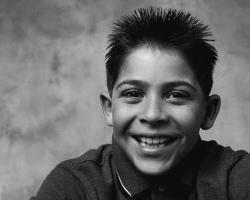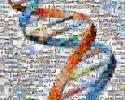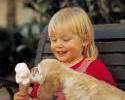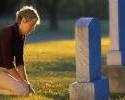The estimated prevalence of autism under the new DSM-5 criteria would decrease only to the extent that some children would receive the new diagnosis of social communication disorder (SCD). Researchers found that 83% of children who received a diagnosis of autism under DSM-IV would also receive the diagnosis under DS-5. The balance would be diagnosed with SCD. This study addresses concerns by many over the projected drop in autism diagnoses by 10%. Those 10% have shifted to SCD, not disappeared.
SCD differences
SCD was created along with the revised criteria for autism in the DSM-5 which released last May. SCD applies to individuals who have social and communication difficulties without the repetitive behaviors or restrictive interest typical of autism. In addition, the DSM-5 also combines subtypes of autism into one diagnosis of ASD.
No guidelines as yet for SCD treatment
The new category of SCD has sparked some concern among families and autism advocates because, up to this time, there are no treatment guidelines for SCD. Autism Speaks has received many reports from parents that their children are losing services once provided to them under the ASD diagnosis, but no longer provided under the SCD diagnosis. “Autism Speaks is taking these reports of lost services very seriously,” noted Autism Speaks Chief Science Officer Rob Ring. “We advocate for all individuals affected by disabling symptoms that would benefit from autism-related services and supports.”
Very few lose diagnosis totally
The researchers attempted to find out which children would be most likely to have their diagnosis changed from autism to SCD. The old DSM-IV delineated subtypes including autistic disorder, Asperger disorder and pervasive developmental disorder no otherwise specified (PDD-NOS). Under the new guidelines, 22% of kids with PDD-NOS would shift to SCD, 6% of those with Asperger’s, and 1% of those with autistic disorder.
Treatment should not change
“Until proven otherwise, the treatments for AS an SCD should remain the same or similar,” said Dr. Young-Shin Kim, Yale child psychiatrist and epidemiologist. “It’s important for children moving to a SCD diagnosis – and to families – that they continue receiving the interventions they would have received with an autism diagnosis under the earlier DSM-IV criteria.”
Source: Journal of the American Academy of Child and Adolescent Psychiatry, MedicalNewsToday







